First of its kind Virtual Reality-based Clinical Anatomy Curriculum for Students
Cleveland Clinic News Service | 216.444.0141
We’re available to shoot custom interviews & b-roll for media outlets upon request.
CCNS health and medical content is consumer-friendly, professional broadcast quality (available in HD), and available to media outlets each day.

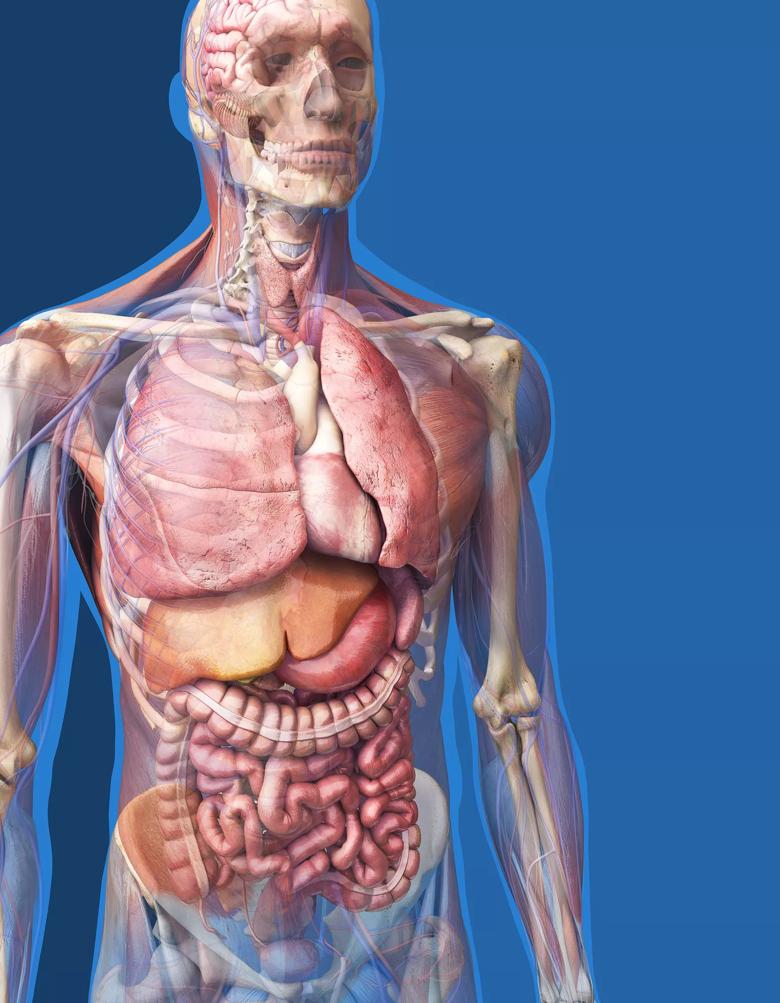
Cleveland Clinic and Zygote Medical Education (ZME) have launched a new partnership to develop and deploy a Virtual Reality (VR) based clinical anatomy curriculum. The product is designed to make anatomy education easily accessible using a seamless mobile and desktop application to complement the VR curriculum.
“We have shown that students see a huge potential for Virtual Reality and Mixed Reality in medical education, find it engaging, report that it helps them learn more efficiently and is transformative in helping learn spatial concepts,” said Neil Mehta, M.D.
The first product to be delivered will support a cadaver-less anatomy education initiative for the Cleveland Clinic Lerner College of Medicine’s (CCLCM) year 1 and 2 students in the new Sheila and Eric Samson Pavilion, slated to house Case Western Reserve University’s Medical, Physician Assistant, Dental and Nursing students. The solution is also designed to support cadaver-based learning, but is built to dovetail with the case-based curriculum at the CCLCM, which is a track in the Case Western Reserve University School of Medicine. The project is part of an effort with Case Western Reserve School of Medicine to change the manner in which students in the healthcare professions are taught the essentials of human anatomy and will include, ultimately, a variety of VR and Augmented Reality platforms. The VR laboratory experience will feature practical clinical case studies concentrated on exploring anatomy content from all seven anatomical regions of the human body in an engaging and meaningful virtual environment.
“We have an extraordinary opportunity to capitalize on a stunning array of technology that is the state of the future and will allow us to move anatomy education out of a traditional cadaver-based environment which has substantial limitations,” said James B. Young, M.D., Cleveland Clinic’s Chief Academic Officer. “Students of all sorts will be able to employ a completely different visual experience to learn, comprehend, and understand the nuances of both normal human anatomy and disease states.”
Students can learn from self-guided or instructor-led sessions, either as an individual or in a group setting. With remote support, students can connect in a virtual anatomy lab with peers in different locations around the world. What differentiates this experience from current anatomy education tools is the combination of a tested anatomy curriculum with anatomically precise 3D models. ZME has collaborated and worked with institutions of higher learning and major medical device manufacturers for two decades to compile their extensive library of anatomy and software solutions.
Cleveland Clinic is complementing this rich library of 3D anatomy with a virtual reality education experience available, not only to the CCLCM students, but also with our partners at Case Western Reserve University and others interested in human anatomy education.
“Students learn best when the learning is authentic,” said Dr. Mehta. “This means that they are engaging with content that is based on real-life issues. This makes learning meaningful. VR provides us an opportunity to create authentic experiences by bringing the patient and the clinical environment to the classroom. The challenge is to design this experience to minimize extraneous cognitive load, encourage meaningful interaction with the content and promote generative work where students construct meaning from these experiences. It is also critical to match the VR 3D capabilities with the learning objectives for which they are best suited.”
The solution is just one phase of Experiential Reality (XR) development at the Clinic. This VR anatomy education tool provides a foundation for future ZME and Cleveland Clinic product development with the mission of reaching and enabling students worldwide using modern technology to learn medicine regardless of geographic location.
“We are not simply putting out pretty 3D anatomy models in VR,” said Cory Heizenrader of ZME. “Our 3D model content is integrated with the Cleveland Clinic tested curriculum in real-world clinical settings and we are making this available to the medical education community as a tool to enhance human anatomy understanding. We’re providing a solution that legitimizes virtual reality within the medical education community.”
ZME is currently in beta test with select partners and in order to support the broad spectrum of technical education requirements, mobile applications for iOS and Android applications are in development with current OS releases for Mac and Windows, all of which are scheduled for release with the VR application in summer of 2019.
ZME can be reached to discuss, beta testing, partner opportunities and technical product adoption questions at info@zygotemedicaleducation.com.
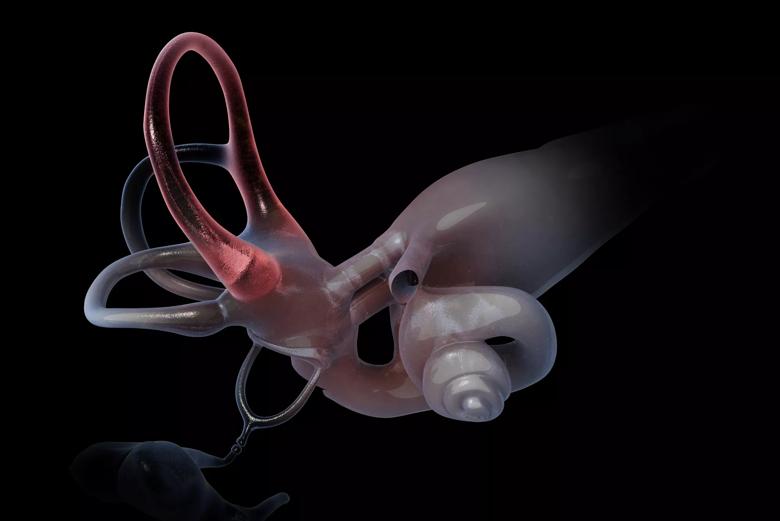
Inner ear image from a virtual reality-based clinical anatomy curriculum developed by Cleveland Clinic and Zygote Medical Education. (Image courtesy of ZME)

Shoulder image from a virtual reality-based clinical anatomy curriculum developed by Cleveland Clinic and Zygote Medical Education. (Image courtesy of ZME)
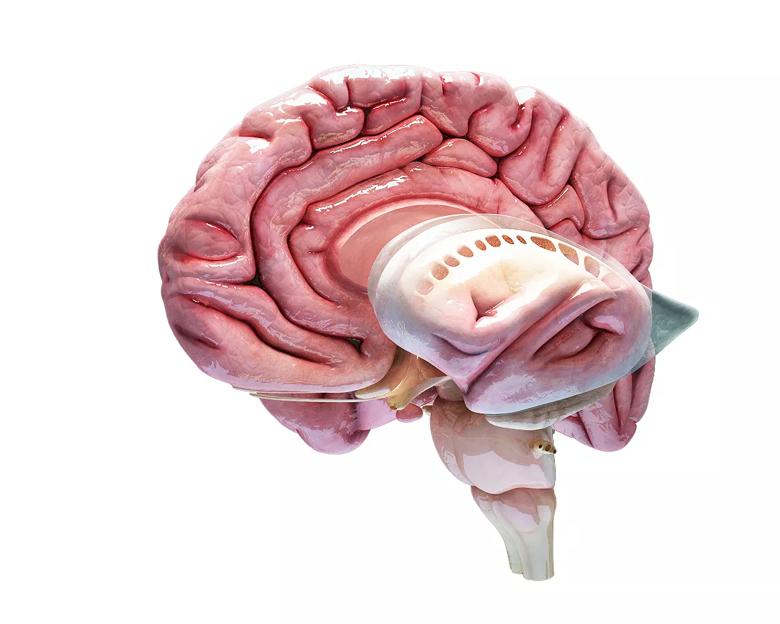
Brain image from a virtual reality-based clinical anatomy curriculum developed by Cleveland Clinic and Zygote Medical Education. (Image courtesy of ZME)
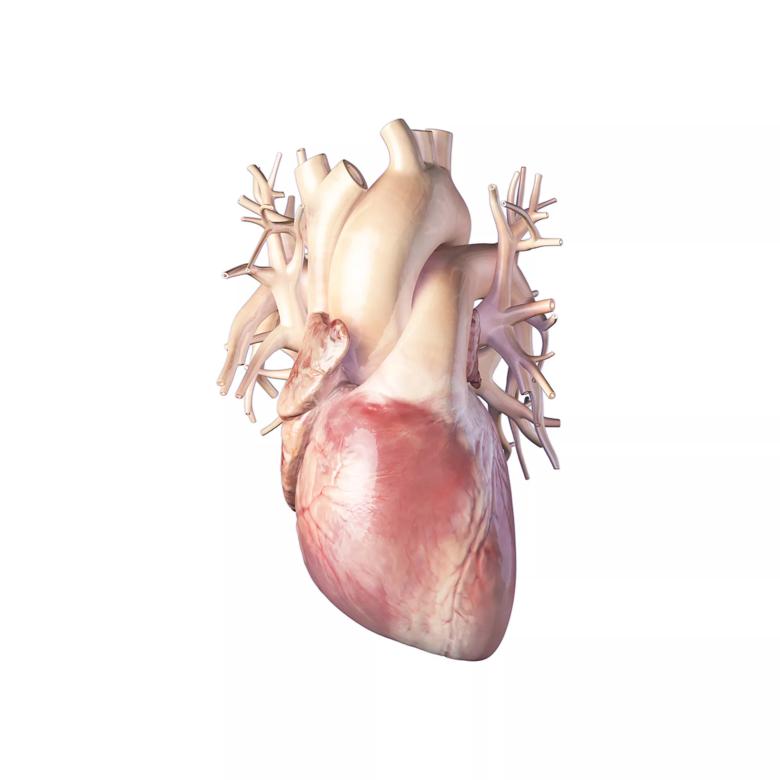
Heart image from a virtual reality-based clinical anatomy curriculum developed by Cleveland Clinic and Zygote Medical Education. (Image courtesy of ZME)
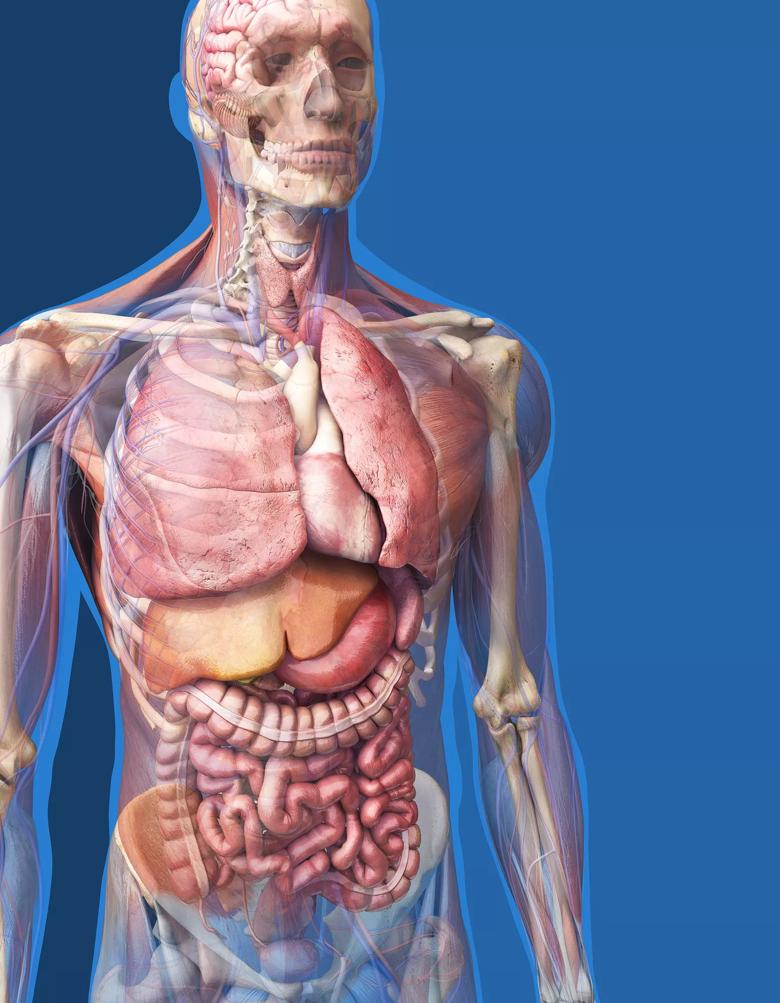
Anatomy image from a virtual reality-based clinical anatomy curriculum developed by Cleveland Clinic and Zygote Medical Education. (Image courtesy of ZME)
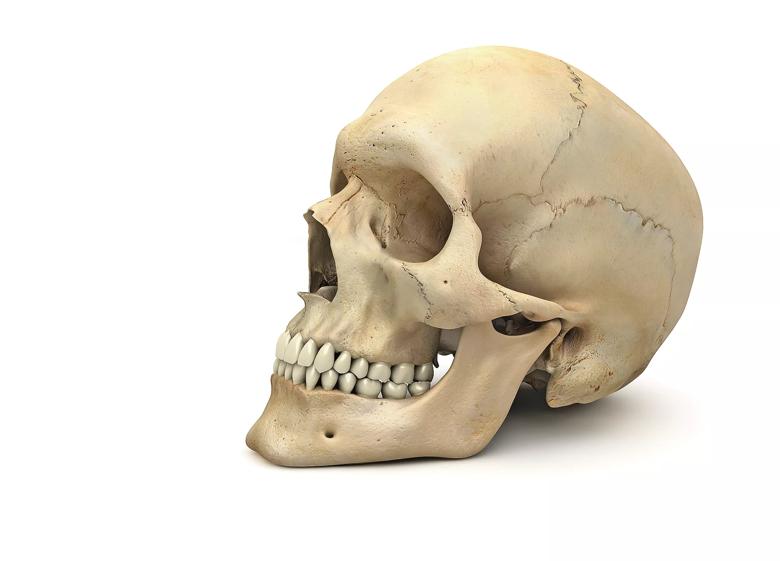
Skull image from a virtual reality-based clinical anatomy curriculum developed by Cleveland Clinic and Zygote Medical Education. (Image courtesy of ZME)
Cleveland Clinic is a nonprofit multispecialty academic medical center that integrates clinical and hospital care with research and education. Located in Cleveland, Ohio, it was founded in 1921 by four renowned physicians with a vision of providing outstanding patient care based upon the principles of cooperation, compassion and innovation. Cleveland Clinic has pioneered many medical breakthroughs, including coronary artery bypass surgery and the first face transplant in the United States. Cleveland Clinic is consistently recognized in the U.S. and throughout the world for its expertise and care. Among Cleveland Clinic’s 82,600 employees worldwide are more than 5,786 salaried physicians and researchers, and 20,700 registered nurses and advanced practice providers, representing 140 medical specialties and subspecialties. Cleveland Clinic is a 6,728-bed health system that includes a 173-acre main campus near downtown Cleveland, 23 hospitals, 280 outpatient facilities, including locations in northeast Ohio; Florida; Las Vegas, Nevada; Toronto, Canada; Abu Dhabi, UAE; and London, England. In 2024, there were 15.7 million outpatient encounters, 333,000 hospital admissions and observations, and 320,000 surgeries and procedures throughout Cleveland Clinic’s health system. Patients came for treatment from every state and 112 countries. Visit us at clevelandclinic.org. Follow us at x.com/CleClinicNews. News and resources are available at newsroom.clevelandclinic.org.
Editor’s Note: Cleveland Clinic News Service is available to provide broadcast-quality interviews and B-roll upon request.